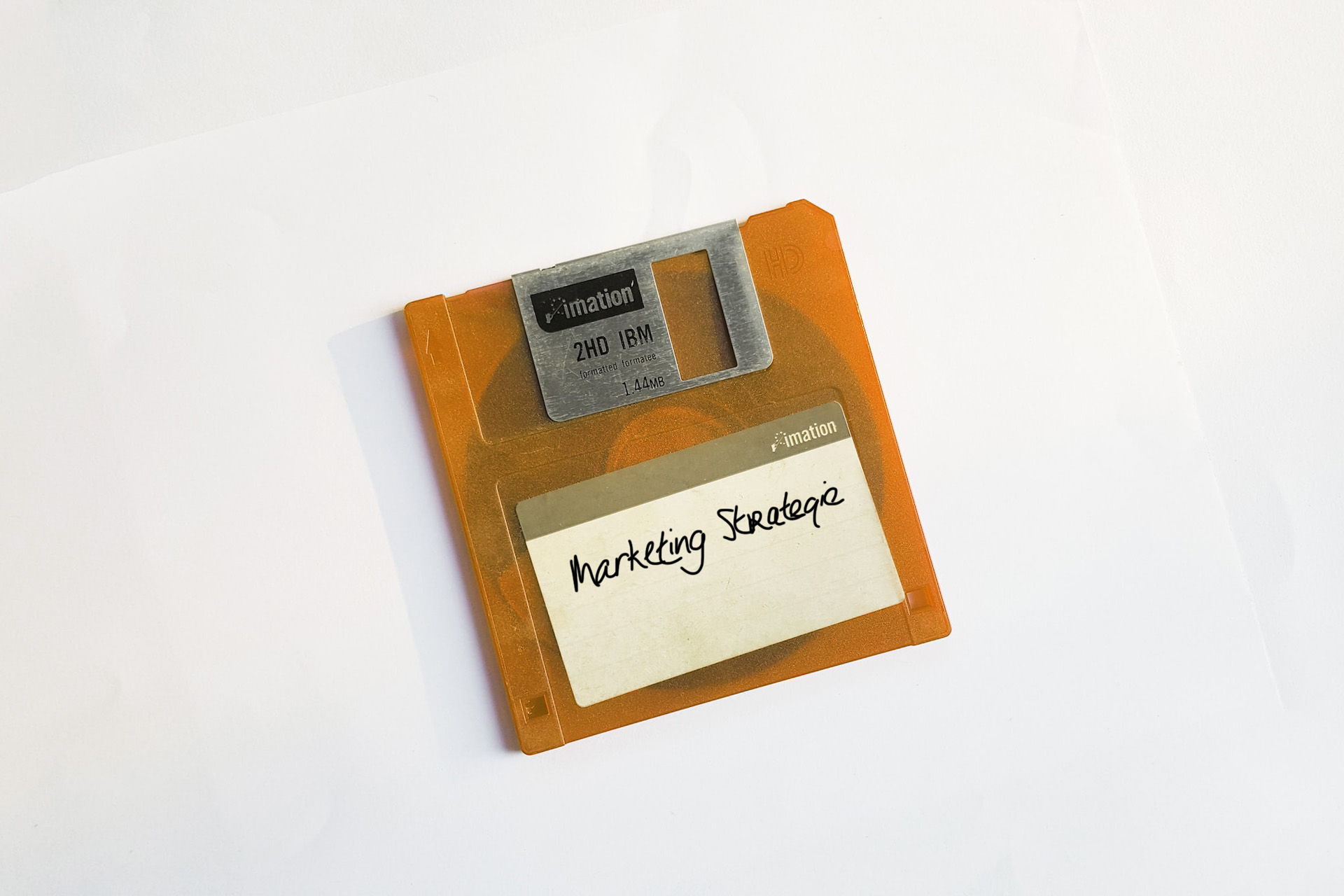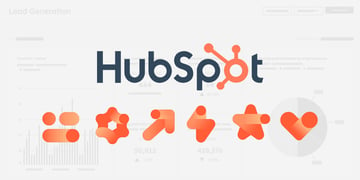B2B Marketing: Is your B2B marketing strategy still up to date?
? min read

Why do we explicitly talk about B2B marketing? Is it that different from B2C marketing? Absolutely. The business audience has different needs than the end consumer, where the demand is often fleeting. In B2B, you convey more knowledge, the decision-making process is longer (involving multiple decision-makers), and the target audience is often more specific. We have explicitly chosen to exist as a B2B marketing agency. This means you can assume that we have a wealth of knowledge about B2B marketing strategies. I'll share that knowledge with you below.
What is B2B marketing?
Let's start with the basics: what is B2B marketing, or business-to-business marketing? Companies that focus exclusively on other businesses are called B2B companies. Other companies target consumers, and those are B2C companies. Webwonders specializes in helping B2B companies with their marketing. Why? Because we believe that these companies have a different message and require a different market approach. As mentioned earlier, purchase journeys are longer (and therefore more interesting, in our opinion), and specific products or solutions are often offered. So, that's a bit of background information.
The B2B sales process has changed
For various reasons, the B2B sales process has changed. This is mainly due to the shift from offline to online orientation by the target audience. The main changes we see are:
- As a seller, you have less influence on the purchasing process.
- Orientation and research by potential customers increasingly take place online. Therefore, it is crucial to gain insight into the customer's purchasing process (buyer journey). Within this buyer journey, there are various questions from the target audience to investigate:
-
- What is the problem/challenge we (the target audience) are facing?
- What options do we have to solve the problem?
- What do we (the target audience) expect from this solution? (requirements)
- Which suppliers are eligible (selection)?
- How do we make the right choice and how do we confirm that we are making the right choice? (certainty)
- How do we convince all stakeholders (consensus)?
- The purchase and decision-making process has become more complicated. This is partly because many people are involved. All these stakeholders go through their own buyer journey.
- Providing information that helps in the buyer journey leads to guiding your prospects through the purchase process. This type of marketing, inbound marketing, ultimately leads to more sales.
- Sales and marketing need to collaborate more intensively, especially in B2B marketing campaigns.
B2B marketing strategy
Because the sales process has changed, the marketing strategy logically changes as well. This means that as a B2B company, you focus more on reaching your target audience by offering relevant content, thereby supporting potential customers in the buying process.
However, you can only implement this strategy effectively if you have insight into the target audience (based on buyer personas) and the purchasing process. We call this approach inbound marketing. It revolves around attracting customers by offering interesting and high-quality content - in every stage of the buying process. With inbound marketing, you don't have to shout for the attention of potential customers, as is the case with traditional marketing techniques.
To successfully implement a B2B marketing strategy, I previously wrote a blog about the 5 essentials for a successful inbound marketing strategy. You can also find a template for creating buyer personas there.
B2B marketing tools
What tools can you use today to shape your B2B marketing strategy? Below is a list of the most commonly used tools. You can find these tools, along with more detailed information about online marketing for B2B companies, in this whitepaper that we specifically wrote for B2B companies.
- Trade shows, webinars, seminars: These are great offline mediums amid all the online tools. Participating in or organizing a trade show allows you to interact with your target audience offline. Before, during, and after the event, the experience can be supported with online content. This not only serves to share information and generate interest but also to build a relationship.
- Search Engine Optimization (SEO): With SEO, you research search behavior to gain insight into the intentions of the target audience. Then, you align the structure and content of all online communications to make it highly discoverable in search engines.
- Blog articles (SEO): One of the most effective ways to attract new visitors to your website is by regularly writing blog articles that address the questions and problems of your target audience.
- Inbound marketing campaign: The foundation of a successful inbound campaign is offering interesting content in the form of downloadable knowledge articles, ebooks, infographics, whitepapers, social media posts, and more.
- Email marketing: Using email campaigns and workflows, you can share your content. This way, prospects are guided through the buyer's journey in an automated way.
- Social media: Ensuring that you post content on the channels where your target audience is present increases the chances of high-quality visitors to your website. Gain insight into your target audience's behavior on social media channels and tailor your content accordingly. By regularly posting new relevant content, you create contact moments with your target audience.
- Whitepapers, knowledge documents, downloads (inbound marketing campaigns): An inbound marketing campaign aims to convert visitors into leads. It is important to support this with remarkable offers and downloads, presented in a so-called "conversion funnel" consisting of call-to-actions, landing pages, thank-you pages, and follow-up emails.
- Online tools (calculators, configurators, etc.): We previously wrote a blog about using next-level content. Next-level content is content based on a specific pain point of your target audience. We categorize next-level content as "web tools." It's not "flat" content that you read (articles) or watch (videos), but an interactive application. Think of a comparator, selector, planner, or calculator. Regardless of the type of content, it is important to use buyer personas and consider how your tool helps solve a problem.
- Video instructions: Video is also increasingly used in B2B marketing. Making information or part of it visual appeals to a large audience.
- Search Engine Advertising (SEA): To make your content more visible, online advertising channels can be helpful.
- Data analysis and reporting: All these tools are great, but how do you know if they work? Online marketing makes it easier to obtain clear reports, giving you insights into who visits your site. You can see which content and campaigns generate visitors and where they come from. A good B2B online marketing agency provides monthly reports and regular ROI figures, so you know what works and can make adjustments as needed.
B2B marketing agency
Above, I provided you with some points to consider for your B2B marketing strategy. You may prefer to handle some of these aspects internally. However, you'll see that you increasingly need to rely on an external marketing partner. Why would you hire a B2B marketing agency for this? We already have the answer to that. You can get started within a week, all the disciplines for a B2B marketing strategy are available, you have a single point of contact, and you benefit from fixed monthly costs. Oh, and you often have access to advanced marketing software that the agency uses. Of course, you can also choose to handle this internally. This leads to the question: 'B2B marketing: do it yourself or outsource?' Read our article in which we outline the pros and cons of outsourcing marketing or hiring someone in-house.












